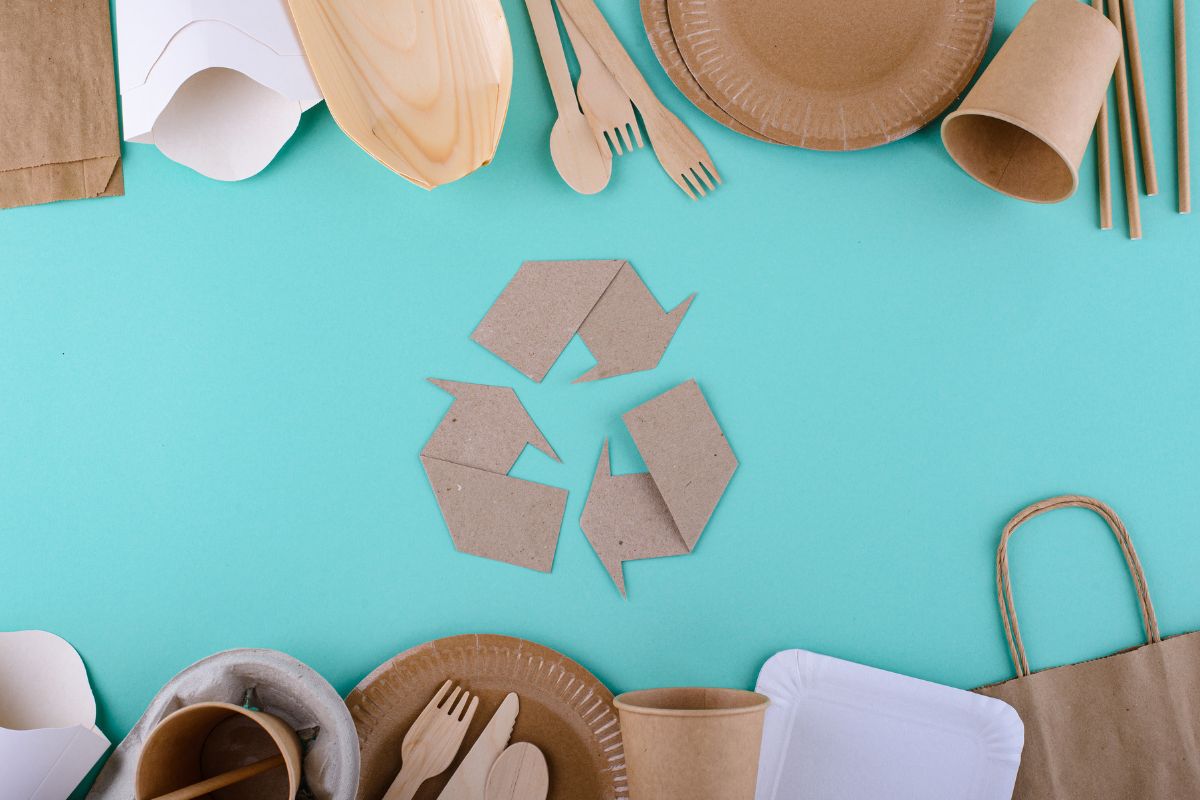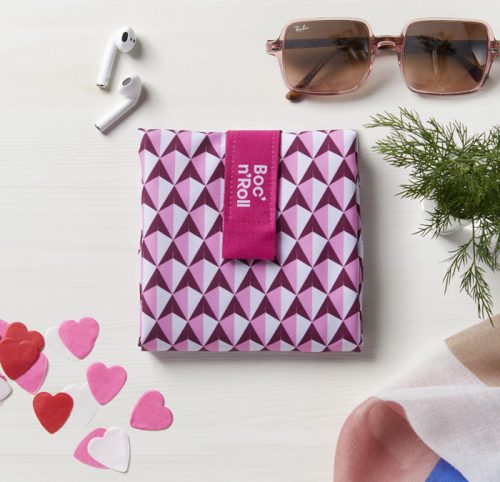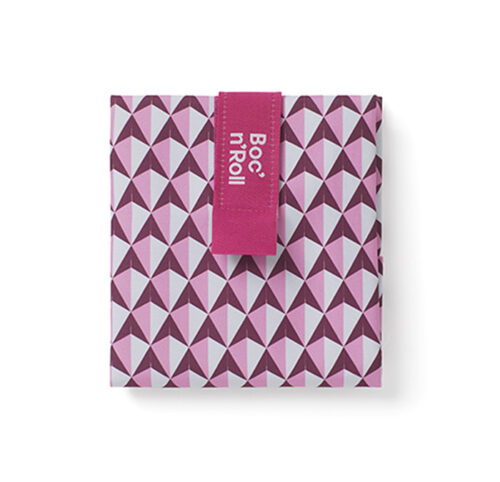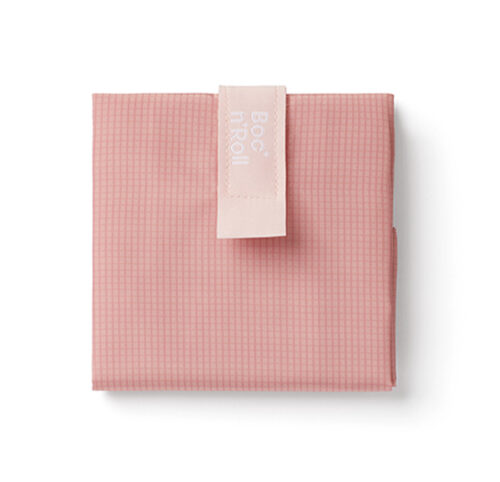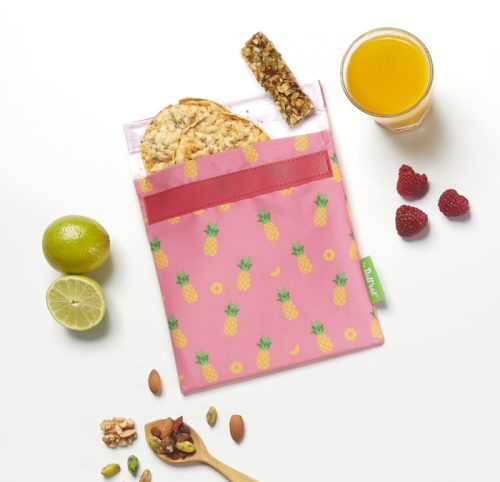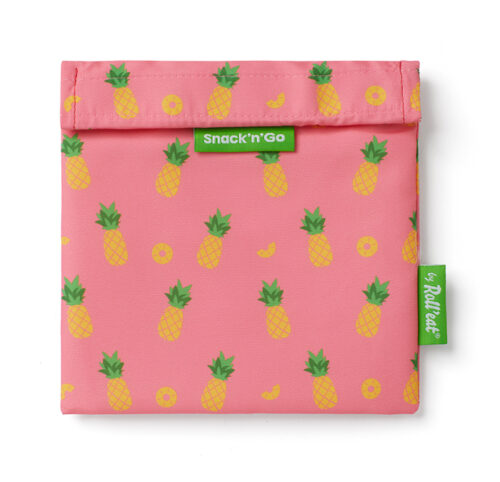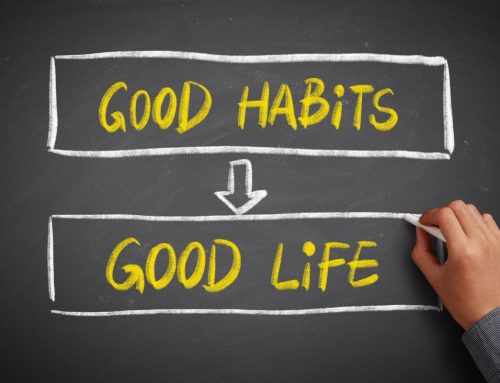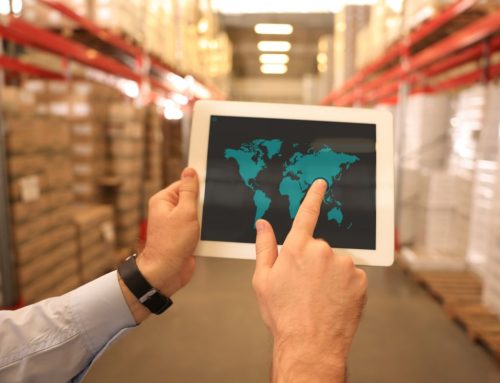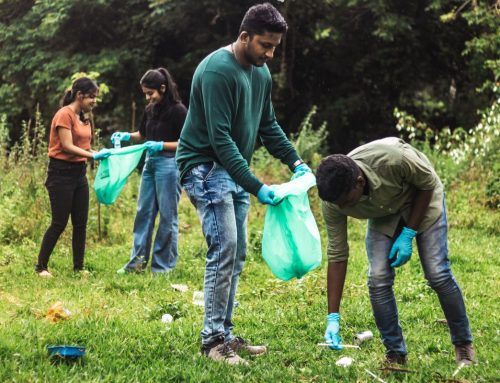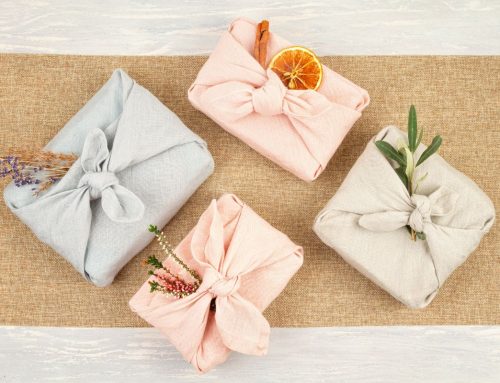Food packaging to protect the environment
Did you know that sustainable food packaging is like the eco-friendly superheroes of the food world? Well, they don’t fly or wear capes, but they do wonders for the planet.
These sustainable packaging are like protectors of the environment when we store our leftovers or wrap our lunch to go. We’re talking about eco-friendly alternatives like biodegradable packaging, reusable sandwich wrapper or even cloth bags.
The magic is that these wrappers don’t hang around in nature for centuries, as conventional plastics do. Instead, they decompose faster or can be used repeatedly without harming the environment.
Opting for these wraps not only decreases the amount of waste, but also helps preserve natural resources. It’s a great and easy way to do our bit for a cleaner and healthier planet.
Tips to reduce the use of unsustainable food packaging
Bring your own containers
When heading out to buy takeout or groceries, remember to carry your reusable containers such as durable Tupperware, glass jars of various sizes, or sturdy cloth bags. These versatile containers serve multiple purposes—they can securely store fresh produce or bulk items, and they’re perfect for transporting takeaway meals without the need for disposable wrappers. Additionally, consider opting for collapsible containers or nested jars to save space when not in use.
Buy in bulk
Choose the environmentally friendly route by purchasing items in bulk quantities rather than individually packaged goods. Use reusable bags or a collection of glass jars to stock up on essential staples like grains, legumes, and cereals. This practice not only minimizes excess packaging waste but also ensures that you have ample supplies while reducing the frequency of shopping trips.
Choose products with sustainable packaging
Make informed choices by selecting food and household products packaged in materials that are biodegradable, compostable, or recyclable. Prioritize items encased in eco-friendly packaging, such as cardboard, paper, glass, or certified compostable plastics. Supporting products with sustainable packaging encourages manufacturers to adopt greener practices and promotes the availability of such options in the market.
Avoid single-use packaging
Take a stance against single-use packaging materials like disposable plastic bags, aluminum foil, or cling film. Instead, transition to reusable alternatives such as eco-friendly sandwich wraps made from fabric or biodegradable materials like the Boc’n’Roll and Snack’n’Go. These sustainable choices significantly reduce unnecessary waste and contribute to a cleaner environment.
Shop at stores with sustainable options
Seek out retailers and supermarkets that champion eco-conscious practices and offer a variety of sustainable packaging alternatives. Choose stores that support initiatives like package-free sections, refill stations for detergents and liquids, or those providing reusable containers for bulk purchases. Discrover in our blog, 20 ways of shop sustainably.
Cook at home and bring your own food
Embrace the practice of cooking meals at home and packing them in reusable containers for outings or work lunches. This practice not only slashes the need for disposable packaging but also empowers you to regulate ingredient choices, portion sizes, and freshness while curbing food waste effectively.
Promote environmental awareness
Be an advocate for sustainable practices by initiating conversations about the detrimental effects of non-sustainable packaging. Engage friends, family, and local communities in discussions regarding the significance of reducing reliance on single-use packaging. Inspiring others to adopt eco-friendly habits can catalyze positive changes on a larger scale.
Participate in recycling programs
Contribute actively to recycling efforts by properly disposing of unavoidable packaging materials, such as cans, plastic bottles, and cardboard, in designated recycling bins. Engage with community-driven recycling programs to ensure these materials undergo proper processing and are effectively reintegrated into the materials’ cycle, reducing landfill waste and conserving resources. Read more about what generates this kind of pollution in our blog.
7 sustainable food packaging
Packaging Biodegradable
These packages are made from natural materials such as plant-based polymers (PLA), sugarcane bagasse, and even materials derived from mushrooms. Their main feature is their ability to quickly break down into natural elements once discarded, significantly reducing waste accumulation. The degradation of these packages not only decreases the amount of landfill waste but also prevents environmental pollution. Discover the “Differences between recycle, reuse and repurpose” in our blog.
Examples:
-
- PLA (polylactic acid) plastic containers derived from corn starch.
- Sugarcane bagasse containers for carrying food.
- Packaging made from mushroom mycelium, such as boxes for packaging products.
Compostable Packaging
Similar to biodegradable materials, these packages are specifically designed to decompose into nutrient-rich compost. Instead of ending up in landfills, these packages decompose into valuable organic matter that can be used to enhance soil health. This process contributes to the natural cycle of organic matter and helps close the resource cycle.
Examples:
-
- Food packaging made from compostable waxed paper.
- Compostable garbage bags made from corn starch.
- Disposable plates and utensils made from potato starch that decompose into compost.
Recyclable Packaging
These materials include paper, cardboard, glass, and certain plastics that can be recycled and reused to create new packages or products. Being recyclable, these packages reduce reliance on virgin raw materials and minimize the amount of waste ending up in landfills or the environment.
Examples:
-
- Cardboard containers for dry and liquid foods.
- Glass bottles for storing and packaging liquids such as juices and sauces.
- Some types of plastics, such as PET (polyethylene terephthalate), used in water bottles that are recyclable.
Reusable Packaging
These are containers or wraps designed for multiple uses, such as glass jars, stainless steel boxes, or reusable sandwich wraps. These packages significantly reduce the amount of single-use packaging waste, promoting a more sustainable approach by decreasing the need for constant replacements.
“Within this section we find the Boc’n’Roll, an innovative food wrap designed to be used multiple times, functioning as a sustainable alternative to disposable wrappings. Its versatile design allows wrapping and transporting snacks, sandwiches, or fruits, being washable and reusable.”
Examples:
-
- Glass jars that can be used repeatedly to store food.
- Reusable sandwich wrappers that can be washed and reused to cover food, like the Boc’n’Roll.
- Stainless steel containers for lunches or food storage.
Edible Packaging
Innovative solutions made from edible materials like seaweed or starch that can be consumed along with food, completely eliminating waste. These packages are a groundbreaking alternative as they generate no waste; they can be consumed or decomposed as part of the food.
Examples:
-
- Edible wrappers made from banana leaves for wrapping food.
- Edible water bags made from seaweed.
- Edible starch coatings on fruits and vegetables to extend shelf life.
Upcycled Packaging
Repurposed materials or waste diverted from landfills, creatively used to manufacture packaging, promoting a circular economy and reducing the consumption of new resources. Utilizing recycled materials for packaging helps reduce waste and closes the material cycle.
Examples:
-
- Recycled cardboard packaging for dry food and bakery products.
- Recycled plastic bottles made from reused materials.
- Recycled paper packaging for everyday consumer products.
Plant-Based Plastics
These are bioplastics derived from renewable resources like corn starch, potato starch, or sugarcane. These plastics are biodegradable or compostable, offering a sustainable alternative to traditional plastics. By breaking down into natural elements, they reduce dependence on conventional plastics and diminish negative environmental impact.
Examples:
-
- Plastic bottles made from PLA (polylactic acid) derived from corn.
- Compostable plastic packaging made from potato starch
- Biodegradable plastic containers made from sugar cane.
Benefits of the sustainable food packaging
Sustainable food packaging offers various benefits that positively impact the environment, human health, and even economic factors. Some of these advantages include:
Environmental Conservation
Sustainable food packaging significantly reduces the environmental impact compared to traditional materials. Biodegradable and compostable packaging options break down naturally, reducing pollution and preventing harmful chemicals from entering ecosystems. This helps preserve biodiversity and ensures a healthier environment for future generations.
Resource Efficiency
Utilizing renewable resources or recycled materials in sustainable packaging reduces the strain on natural resources. This approach conserves water, energy, and raw materials, supporting a more efficient use of resources and lowering the overall environmental footprint.
Climate Mitigation
Sustainable packaging often involves lower greenhouse gas emissions during production, transportation, and disposal compared to conventional packaging. This reduction in carbon footprint contributes to mitigating climate change, supporting global efforts to reduce emissions and combat environmental degradation.
Health and Safety
Eco-friendly packaging materials eliminate or minimize the use of toxic substances found in traditional packaging. This ensures that harmful chemicals do not leach into food, promoting consumer safety and healthier eating choices.
Circular Economy
Sustainable packaging promotes circularity by encouraging reusable, recyclable, or compostable materials. These materials can be reintegrated into the production cycle, reducing waste generation and maximizing resource efficiency, thus creating a closed-loop system.
Consumer Preference and Brand Image
As environmental awareness grows, consumers are increasingly conscious of their purchasing decisions. Brands that prioritize sustainable packaging often attract environmentally conscious consumers, enhancing their brand reputation and loyalty.
Innovation and Advancements
The focus on sustainability in packaging encourages research and development in eco-friendly materials and technologies. This drives innovation in the industry, fostering the creation of new, more sustainable packaging solutions.
Long-Term Cost Savings
While initial costs for sustainable packaging may be higher, businesses can benefit from long-term cost savings through reduced waste disposal fees, improved operational efficiency, and enhanced brand image, thus potentially offsetting initial investment costs.
Regulatory Compliance and Corporate Responsibility
Adhering to sustainable packaging practices helps companies comply with environmental regulations and demonstrates corporate responsibility. This commitment to environmental stewardship can positively influence consumer perception and stakeholder relationships.
The shift towards sustainable food packaging represents a significant step in creating a more environmentally friendly and socially responsible approach to packaging. These benefits extend beyond environmental conservation and positively impact consumer choices, brand positioning, and the overall well-being of the planet.
Adopting these habits can make a significant difference in reducing the use of non-sustainable food packaging in your daily life, promoting a more eco-friendly lifestyle, and contributing to environmental conservation.
